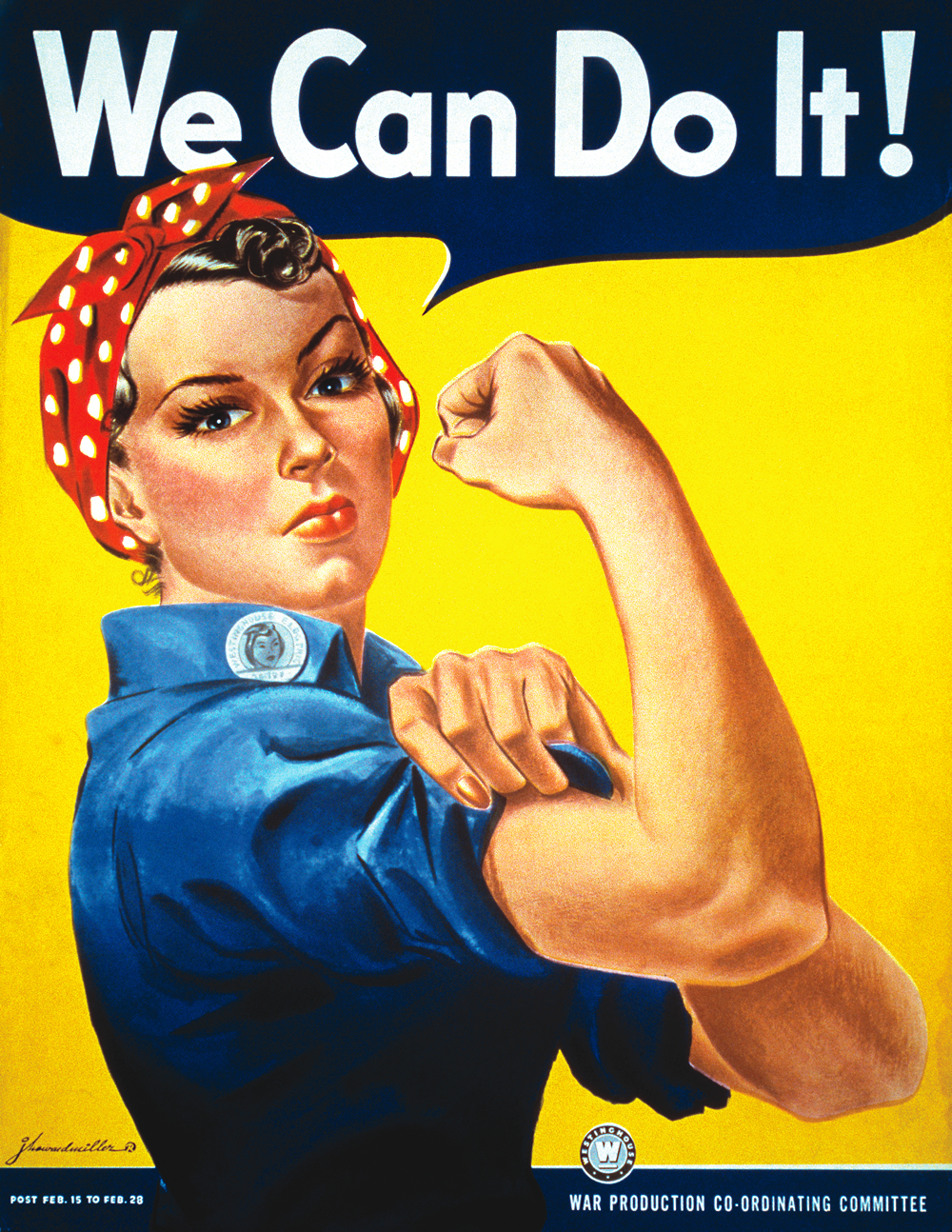The different aspects of work - type, setting, enjoyability, purpose, and so on - are quite different in these two stories. Written by authors of different times, races, and genders about people of different times, races, genders, and social classes, the two texts do not seem to be comparable on any definitive level.
Both are quite particular stories directed at a narrow purpose for a defined audience. The Bluest Eye is the story of Pecola Breedlove, a young, poor, black girl, and the community around her. Through the characters in this story, Morrison explores issues of race, beauty, family, and survival. "Bartleby the Scrivener" on the other hand focuses on issues of control and agency in a capitalist society. Morrison's novel focuses on a poor black community and Melville's on a group of upper middle class white men.
I think, however, the juxtaposition of these stories reveals an interesting thought-experiment about gender and the workplace. Based on the type of work discussed and the hardships therein, a reader could surmise that Melville's work is set in a time well after Morrison's. Melville's office setting and its accompanying objective and passive feel seem more modern than the work described in The Bluest Eye. While race certainly plays a part in this difference, the contradiction, I think, arises because the workers in "Bartleby" are men and in The Bluest Eye, they are women.
 Morrison's novel is set in 1941, a time women were just starting to make a significant shift into the workforce to replace the men lost to fighting World War II. The advent of Rosie the Riveter as a cultural icon and recruitment tool would not occur until 1942 with the iconic image not appearing until 1943. Prior to this point, and well represented in The Bluest Eye, most women's work directly related to the "duties" of a wife. Whether caring for children, cooking food, cleaning houses, or having sex with men, the paid-for jobs delegated to women were generally domestic in nature. Pauline cooks, cleans, and cares for a white family; China, Poland, and Miss Marie are all prostitutes; even Miss Bertha, who runs a "small candy, snuff, and tobacco store", does so in an informal, domestic way from "one brick room sitting in her front yard". It's more like going over to a friend's house than going to a business.
Morrison's novel is set in 1941, a time women were just starting to make a significant shift into the workforce to replace the men lost to fighting World War II. The advent of Rosie the Riveter as a cultural icon and recruitment tool would not occur until 1942 with the iconic image not appearing until 1943. Prior to this point, and well represented in The Bluest Eye, most women's work directly related to the "duties" of a wife. Whether caring for children, cooking food, cleaning houses, or having sex with men, the paid-for jobs delegated to women were generally domestic in nature. Pauline cooks, cleans, and cares for a white family; China, Poland, and Miss Marie are all prostitutes; even Miss Bertha, who runs a "small candy, snuff, and tobacco store", does so in an informal, domestic way from "one brick room sitting in her front yard". It's more like going over to a friend's house than going to a business."Bartleby the Scrivener", set almost 100 years prior to The Bluest Eye, highlights the importance gender can have on work. The workplace setting detailed in this short story is markedly different from the work in Morrison's novel. The all-male workplace setting is professional, productive, cold. In stark contrast, the workplace settings described in The Bluest Eye are more relaxed and home-like. When Claudia and Frieda go to Miss Bertha's store, she is "sitting behind the counter reading a Bible in a tube of sunlight". Pauline is so "at-home" in her work that the white child she cares for calls her Polly even when her own children call her Mrs. Breedlove. In "Bartleby", however, the men work in a much different setting: "At one end they looked upon the white wall of the interior of a spacious sky-light shaft, penetrating the building from top to bottom. This view might have been considered rather tame than otherwise, deficient in what landscape painters call “life.” The "life" referred to here is an embedded part of the women's work in The Bluest Eye.
I think the lifelessness of the office is mirrored in the lifelessness of Bartleby who is described as "a motionless young man", "pallidly neat, pitiably respectable, incurably forlorn", and possessing a "cadaverously gentlemanly nonchalance". Bartleby is the embodiment of the apathetic dullness of a capitalist workplace; he and the work represented are a paleness that is in direct contrast to the admittedly dark and horrible but quite vibrant work of the women of Morrison's novel.
Despite the obvious differences, I think both workplaces are represented as monotonous, lacking in opportunity, a hardship, and a more encompassing part of life than is truly desirable. Work is certainly not portrayed as a happy, life-affirming activity in either text.
Quick Review: The Bluest Eye and "Bartleby the Scrivener" are both well worth reading. If you've read other works by Morrison, you know that she has a remarkable way with words and she is not afraid to tackle the intricacies of complex life issues. Melville's short story shares those characteristics. It is an expertly woven tale that uses simplicity to highlight some very complicated issues.


These posts make me happy. YAY.
ReplyDelete:) I'm glad to hear that.
Delete